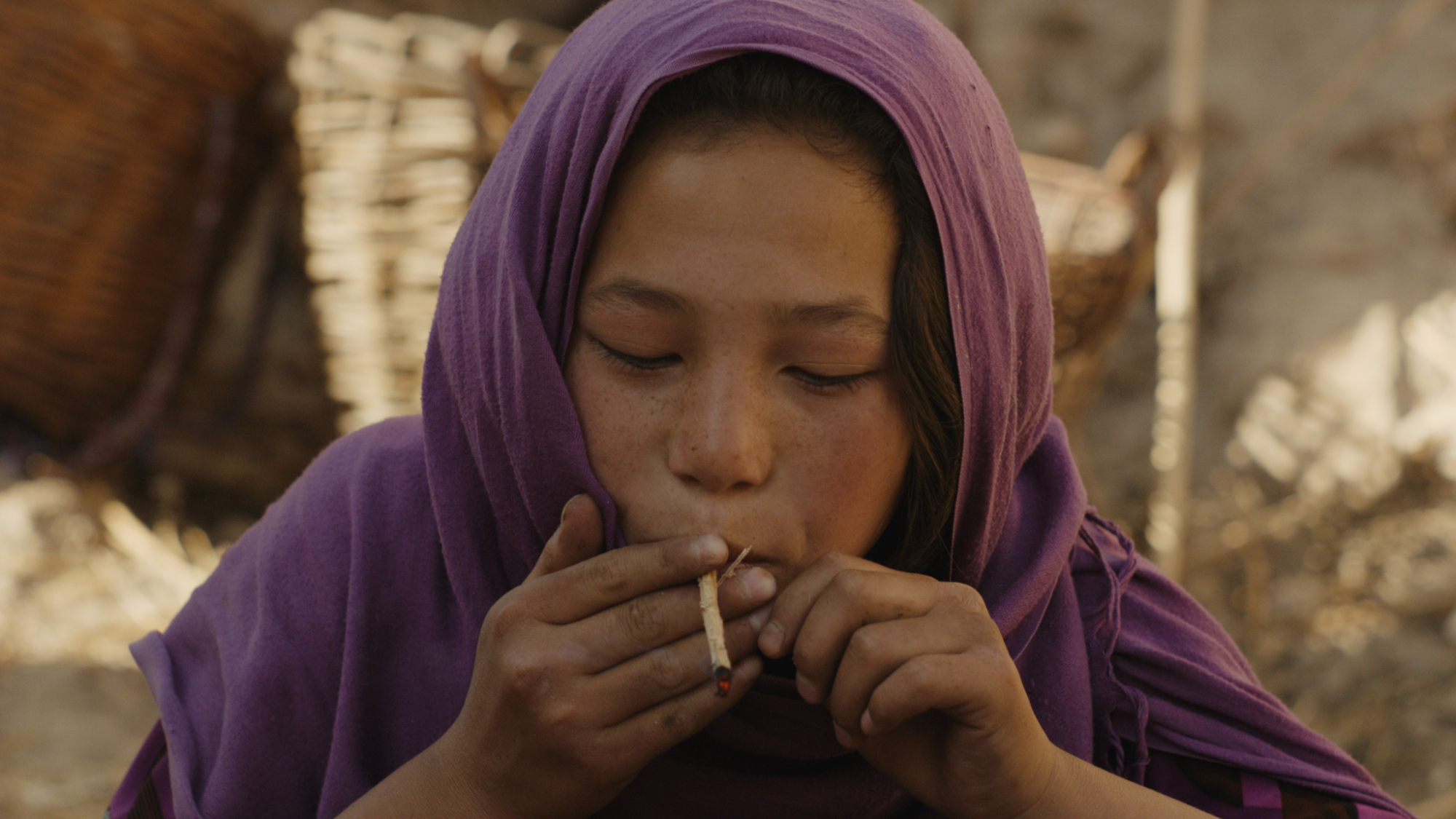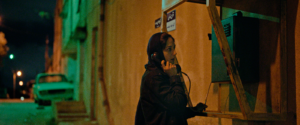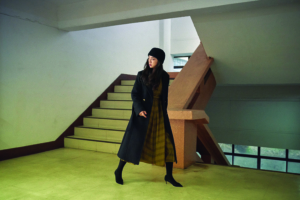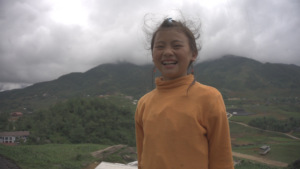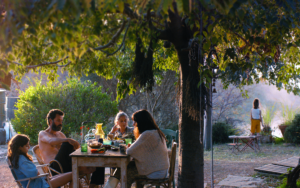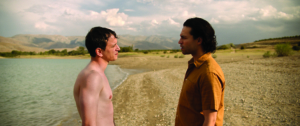In Wolf and Sheep (Shahrbanoo Sadat, 2016), rural village life is a picture of structure and order. Men argue about the size of their flocks and what it says about their standing, while their wives embark on the same line of thinking by judging others based on their fertility and children. Women fulfil domestic tasks, knowing their place and purpose within the community. Kids attend to sheep and goats, herding them between grazing fields, but also abide by segregated gender lines. Girls gossip about local comings and goings – who is having affairs, or acting unusually; who is and isn’t popular – when they’re not carrying out their chores. Boys whirl slings filled with rocks, trade insults about one another’s mothers and boast about their physical prowess.
As everyday social interactions, there’s little that’s surprising about these activities and encounters – far from our milieu though they may be. They’re emblematic of roles and routines seen in remote, less developed areas, both now and throughout history. Given the film’s cinema vérité look and feel, and the narrative’s basis in writer/director Sadat’s own experiences, the events depicted are also highly representative of ordinary existence in its Afghan setting.[1]Though it must be clarified that shooting took place in Tajikistan to ensure the security of the film’s production team; see Alissa Simon, ‘Film Review: Wolf and Sheep’, Variety, 20 May 2016, <http://variety.com/2016/film/festivals/wolf-and-sheep-cannes-film-review-1201778763/>, accessed 31 October 2017. For Western audiences, however, marrying the film’s everyday nature with its location will likely prove a revelation.
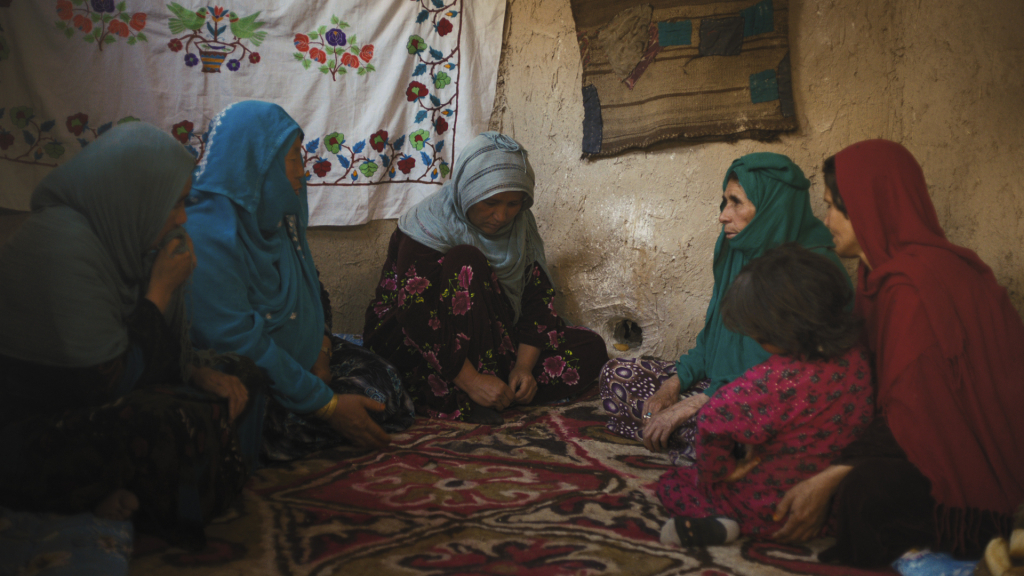
A quiet and measured effort that probes by presenting a picture viewers mightn’t expect, Wolf and Sheep steps into the ebbs and flows of a mountain village in an observational fashion; in Sadat’s feature, the details and dramas seen are designed to provide a window into the milieu they chronicle. A funeral commences the film: men prepare the body of one of their friends as eleven-year-old Qodrat (Qodratollah Qadiri) watches on. His face betrays his uncertainty over the death of his father to cancer – evidence of a boy not knowing how to cope with tragedy, and an omen of tumult to come. In fact, his world is about to change drastically and quickly. As foreboded by the chatter of others, his mother soon weds another man, becoming the third wife of a husband who doesn’t want to keep her children.
As seen in glimpses of his day-to-day roaming, Qodrat never quite fits in with his peers. But he does find commonalities with fellow outsider Sediqa (Sediqa Rasuli), another eleven-year-old. They’re both charged with moving herds, and they’re both largely left alone by the other children. She’s a topic of discussion for other girls, but never one of them; instead, they talk about her grandmother, a curse involving a snake, its ramifications for Sediqa and their dismissal of her as a result. In the company of Qodrat, she learns how to properly braid the slings that the boys spend much of their time playing with – as a means of learning to fend off wolves, but providing as much fun as protection – and also enjoys an ease and camaraderie neither has found elsewhere. Of course, though played out in secret, their bond is forbidden due to the community’s strict gender divide; despite the solace it provides them both, it’s also the least of their respective concerns.
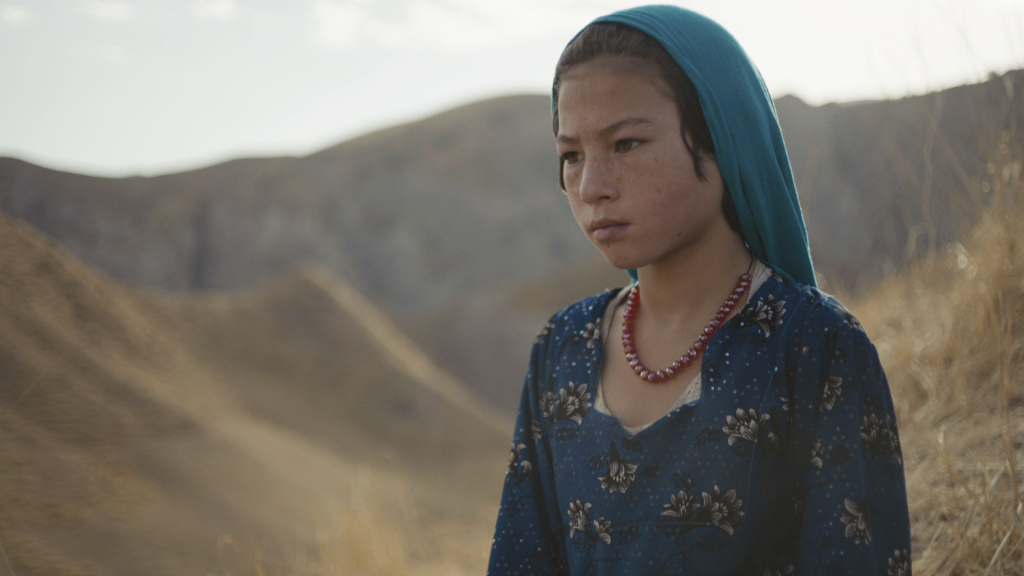
In patient scenes, Wolf and Sheep watches its characters go about their days, never positioning their lives as anything out of the ordinary. It also stresses how – as heard in the girls’ gossiping, as well as in a tale an old man tells the village boys – stories remain a considerable part of their existence. The girls’ nattering is tinged with malicious intent: they spread an account of Sediqa’s grandmother breastfeeding a serpent but being turned blind for previously killing its offspring, and speculate that Sediqa is also cursed. The old man spins a narrative about a wolf as big as a calf, known as the ‘Kashmir Wolf’, which is actually a green fairy forced to take another guise.
The first-time feature filmmaker doesn’t seek to depict a fantastical version of Afghan life; rather, she laces its presentation of ordinary reality with magical moments, emblematic of its dissimilarity from the scenes of conflict that monopolise media and cinema narratives about the nation.
Lacing such documentary-like visuals and interactions with folkloric elements – particularly, in the film’s most overt nod to magic realism, the sequences involving a glowing, green-hued, naked woman roaming the rocky landscape at night – may seem like an odd fit; however, in Sadat’s vision of her homeland, they prove ideal companions. Wolf and Sheep endeavours to show Afghan life beyond the cities, highlighting how its portrait stands out from the prevailing views and depictions of the country. Making reference to actual beliefs and tales, the first-time feature filmmaker doesn’t seek to depict a fantastical version of Afghan life; rather, she laces its presentation of ordinary reality with magical moments, emblematic of its dissimilarity from the scenes of conflict that monopolise media and cinema narratives about the nation.
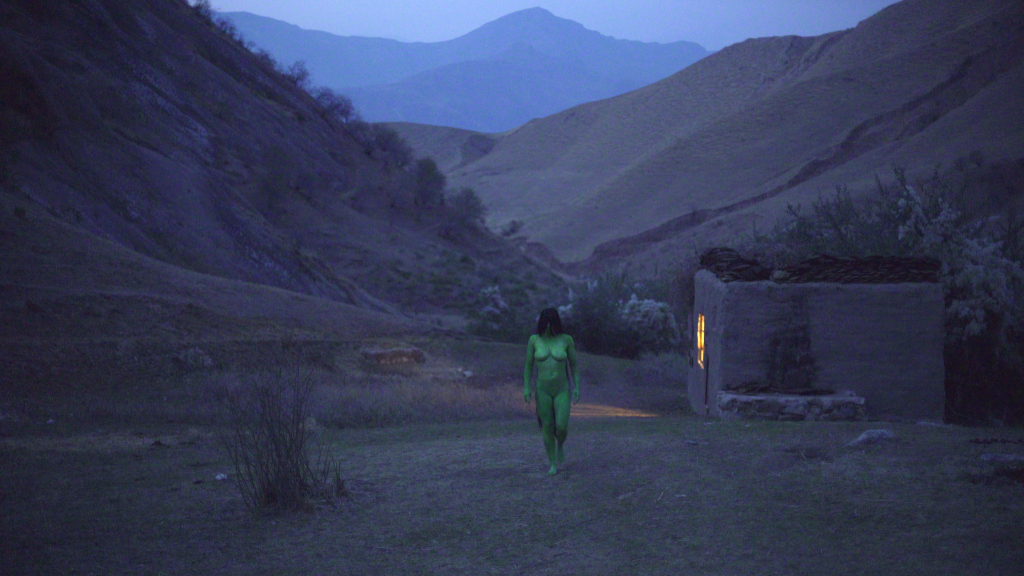
Indeed, the entire existence of Sadat’s movie springs from that viewpoint, as her own background makes plain. Born to Afghan parents in Iran, she grew up in Tehran until the age of eleven – far from coincidentally, the same age as her two protagonists. ‘Even though it doesn’t make any sense, I was born as a refugee,’ Sadat tells me.
Carrying the Afghan nationality was the biggest shame for me as a child in Tehran, where my Afghan parents lived for many years. I was completely blind about Afghanistan, and my parents didn’t have that much [information] to give me. They were so young when they moved to Iran.
It wasn’t until after the events of September 11 that she set foot in her mother and father’s homeland. When her family eventually moved back, they returned to the ‘small and isolated village somewhere in central Afghanistan where [her] parents were born and spent their childhood’. There, Sadat’s life was transformed. She discovered the reality of rural existence and, as she saw films about Afghanistan, the gap between the sights they featured and her own experiences.
Yet, as can reasonably be expected, the eleven-year-old Sadat felt differently about the repatriation than her parents, for whom it was akin to ‘going back home’.
I could not even speak the language. I knew nothing about the culture, and I was not used to living in rural parts – especially a completely disconnected place to the world. There was no electricity, tap water, signal for phones and, of course, no internet. Nothing, not even a school for me to go to.
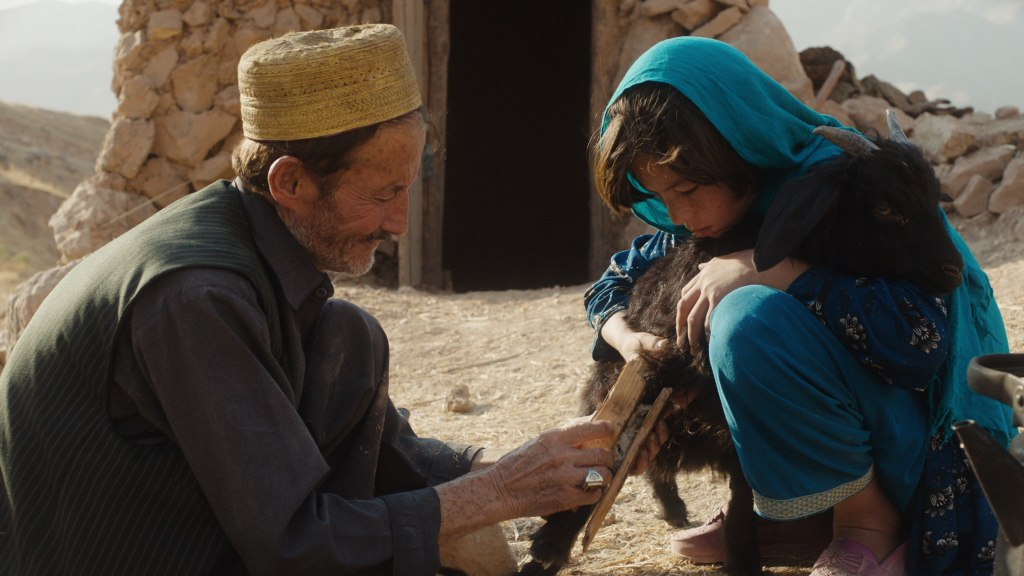
Sadat’s experiences mightn’t initially seem conducive to the perspective that her film provides; however, what she experienced and learned informs every part of Wolf and Sheep.
Seven years living there gave me so many things, even though I thought, at the time, that it took so much from me. I had the opportunity to learn about rural parts of Afghanistan, Afghan society and mentality, culture, language.
Ultimately, she describes that chapter in her youth as ‘an extremely close-up shot of Afghanistan’, a statement that can also apply to her feature. She lived through the minutiae of the day-to-day that many Afghans call their own – the same demarcations, chatter, expectations and traditions that she has depicted in Wolf and Sheep. This was a life that wasn’t concerned with, nor identified by, the type of turmoil that the nation is constantly associated with.
I decided to make films about the everyday life of people, and to step on clichés about Afghanistan, which always, all the time, is being looked [at] through war.’
—Shahrbanoo Sadat
The idea to draw on her own life for a film came about after she moved to Kabul as a teenager. ‘By chance, I went to the documentary film workshop Ateliers Varan Kabul,’ she recounts, ‘which was a short-term French documentary workshop that had activities in countries with poor cinema industries, spreading the cinema vérité style.’ Through this, she ‘fell in love with this cinema that talked about truth and reality’, which, for her, were ‘the two main items missing in films about Afghanistan’.
I preferred fiction cinema more than documentary, so I decided to make films about the everyday life of people, and to step on clichés about Afghanistan, which always, all the time, is being looked [at] through war.
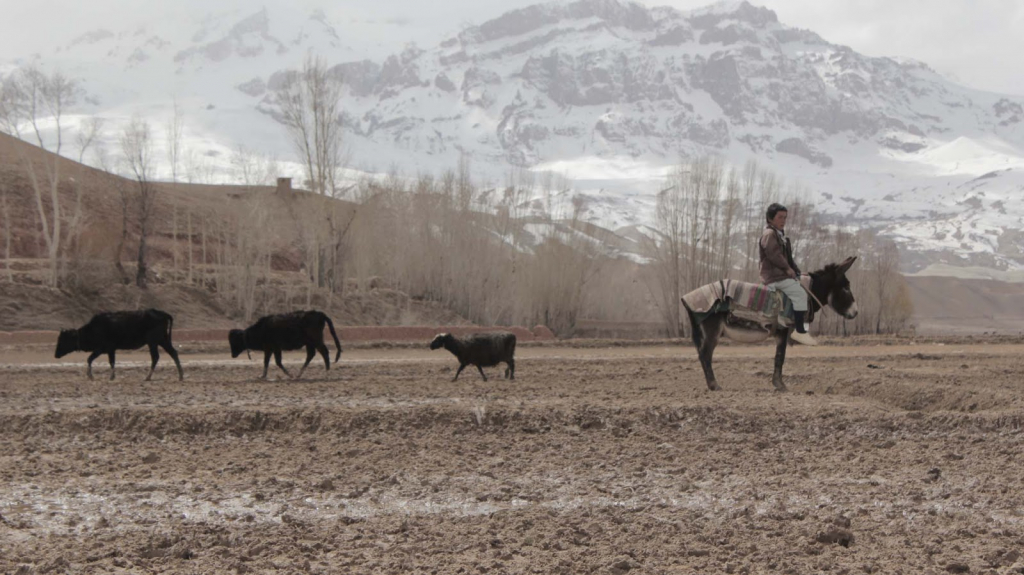
There’s certainly a need for movies about Afghanistan that go beyond its turbulent political climate. Non-Afghan-made efforts often use the country as an example of the broader region’s struggles, as evidenced in Whiskey Tango Foxtrot (Glenn Ficarra & John Requa, 2016), based on a memoir by war journalist Kim Barker; Rock the Kasbah (Barry Levinson, 2015), an account of the tumult surrounding a music competition, loosely adapting the documentary Afghan Star (Havana Marking, 2009); War Dogs (Todd Phillips, 2016), a real-life-inspired drama about munitions deals for the Afghan National Army that help set up two US arms traders; and The Kite Runner (Marc Forster, 2007), which pairs the guilt of a boy over his treatment of a friend with the cruelty and violence of the Taliban.
Explorations by non-US filmmakers tend to offer greater nuance, focusing on the plight of Afghans rather than that of Americans, though the shadow of trouble remains. Iranian director Mohsen Makhmalbaf’s Kandahar (2001) delves into the partly true story of an Afghan-Canadian who returns to help a pal, then discovers the difficulties of living under Taliban rule. The Golden Globe–winning Osama (2003), by Afghan writer/director Siddiq Barmak, follows a girl forced to dress as a boy in order to provide for her family under the prevailing regime. And French-Afghan director Atiq Rahimi’s The Patience Stone (2012) depicts the burden worn by the wife of an older man incapacitated by a bullet in his neck, using this to critique the nation’s controlling forces.
Sadat’s contention continues to ring true when it comes to documentaries, which expectedly examine the toll of war: the insights into the refugee existence in The Boy Who Plays on the Buddhas of Bamiyan (Phil Grabsky, 2004); the Danish account of Afghan soldiers in Armadillo (Janus Metz, 2010); the chronicle of US troops serving in Afghanistan in Restrepo (Tim Hetherington & Sebastian Junger, 2010) and its sequel, Korengal (Junger, 2014).

While Sadat’s film deviates from the norm, ignoring the pervasive conflict isn’t her solution. Wolf and Sheep comes to a close with its characters scurrying away from their homes after reports of encroaching gunmen – a potent reminder of the nation’s troubles, which is effective because audiences have already witnessed the life they’re being forced to abandon. Indeed, shot with naturalism and performed by non-professional Afghan actors who convey their characters’ plights as though they’ve lived these themselves, Wolf and Sheep proves unlike the bulk of other efforts set in the country. It’s a slice-of-life portrait made by someone who has been through or witnessed much of what her film shows, but has also experienced existence elsewhere, encountered prevailing conceptions of her homeland and become conscientious about the need to make a movie that bridges the gap between the two.
What results is a story that remains cognisant of both insider and outsider perspectives. Sadat’s experiences – leaving Tehran for Kabul, then making her movie with the support of the Cannes Film Festival’s Cinéfondation residency – have assisted her in crafting a personal yet universal representation of Afghanistan’s on-the-ground reality. That an insightful exploration of the country eventuates in Wolf and Sheep is as much by design as it is from inevitability: the ordinary events the film depicts are framed as just that, but, to viewers fed a diet of media that paint Afghanistan differently, they’re extraordinary.
Endnotes
| 1 | Though it must be clarified that shooting took place in Tajikistan to ensure the security of the film’s production team; see Alissa Simon, ‘Film Review: Wolf and Sheep’, Variety, 20 May 2016, <http://variety.com/2016/film/festivals/wolf-and-sheep-cannes-film-review-1201778763/>, accessed 31 October 2017. |
|---|
